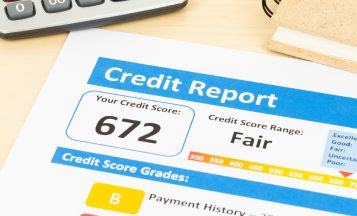Accessing money, whether borrowing or withdrawing money from your 401(K) before you retire is not an easy decision. While taking money out of your plan is possible, you should weigh the risks, costs, and benefits.
Here are top things to consider:
401(K) Loan:
A 401(K) loan allows you to borrow against your own 401(K) retirement account or borrow money from yourself. While you’ll pay interest like a more traditional loan, the interest payments go back into your account, so you’ll be paying interest to yourself.
People borrow from their 401(K) for a variety of reasons, such as funding the purchase of a house or paying for a dependent’s college tuition. While there are some plans that only allow participants to take a loan for certain approved reasons, in most cases, you won’t need to declare the reason you are borrowing.
Not all plans allow to borrow, so you need to check with your plan administrator to find out if 401(K) loans are allowed under your employer’s rules. You need to remember though that there are certain rules you must follow to avoid penalties and taxes.
You can borrow up to 50% of the vested value of your account, up to a maximum of $50,000 for individuals with $100,000 or more vested. If your account balance is less than $10,000, you will only be allowed to borrow up to $10,000.
401(K) Withdrawal:
If you are in a dire financial situation and need cash urgently, your 401(K) plan may offer a hardship withdrawal option. Unlike a 401(K) loan, you will not have to repay the money you take out, but you will owe taxes and potentially a premature distribution penalty. In addition, IRS 401(K) hardship withdrawal rules state that you may not take out more money than what is needed to cover your hardship situation.
To qualify for a 401(K) hardship withdrawal, your plan administrator must offer this option (not all of them do) and you must be facing an “immediate and heavy financial need.” According to the IRS, approved 401(K) hardship withdrawal reasons include:
- Postsecondary tuition for you or your family
- Medical or funeral expenses for you or your family
- Certain costs related to buying, or repairing damage to, your primary residence.
- Preventing your immediate eviction from or foreclosure of your primary residence
If you experience a financial hardship from a circumstance not on this list, you may still be able to qualify for a hardship withdrawal, so check with your plan administrator. In-service, non-hardship withdrawals are only allowed under certain plans and is used by those who would like to explore other investment options.
It is best to seek the assistance of a financial advisor to provide detailed information on in-service 401(k) distributions. Remember, Nymeo members have access to two financial advisors. Learn more here.
Category: Credit & Budgeting



